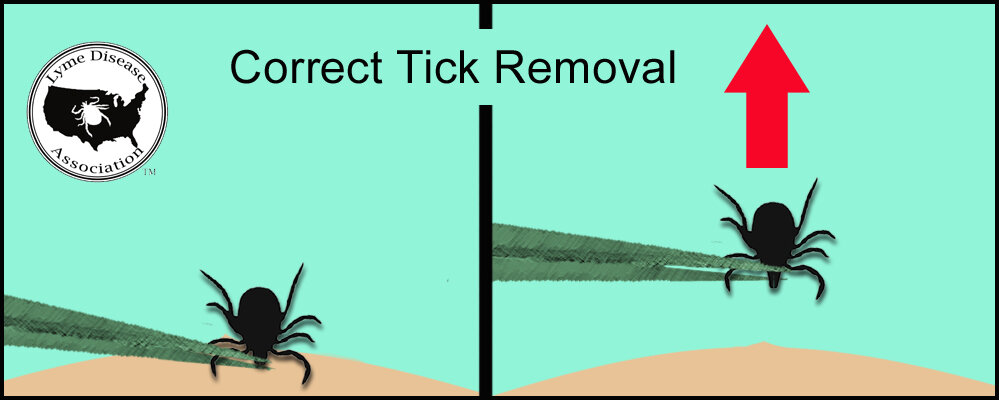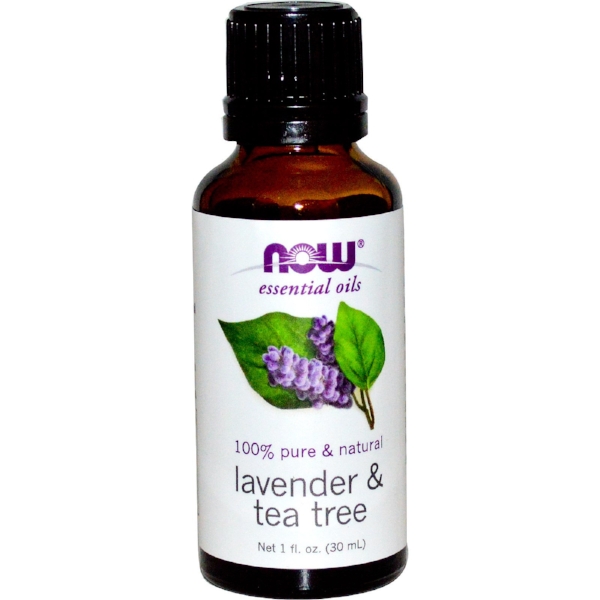I love being outside at night, but mosquitoes do too. We have natural bug spray that works, but I don't like smelling like bug spray before bed. I'm kind of sensitive to certain smells, and the smell of citronella or lemongrass bothers me when I'm trying to go to sleep. I made this cream that is easy to use and simple to make. I really think it does help, plus it smells nice!
Ingredients:
25 drops lavender oil
25 drops geranium oil
10 drops cedarwood
Lotion (unscented is best)
2 oz plastic bottle*
*We have empty two-ounce plastic bottles with lids at the store, which is what I use to make this.
Lotion: I used the Everyone lotion in a pump, which was easy to pump into the little container.
First, I filled the bottle about halfway with lotion and then added the oils. I put the top on and shook it really well so it was all mixed together, then I filled it the rest of the way with lotion. Put the top back on and shake it well and then try it out! It's nice because it's not greasy and it absorbs well. It seems to work great (and it smells good)!
Lavender, geranium, and cedarwood have each been shown to help repel mosquitoes.
The amounts above are a 5% dilution, which are safe to use regularly. I would avoid the face and for children I would slightly reduce the amount of essential oils.
I also made a stronger version using 30 drops each of the lavender and geranium and 15 drops of the cedarwood, which probably equals about a 7% essential oil dilution. That's the one I prefer since I have a ton of mosquitoes in my yard at night.
Give it a try and see what you think!











